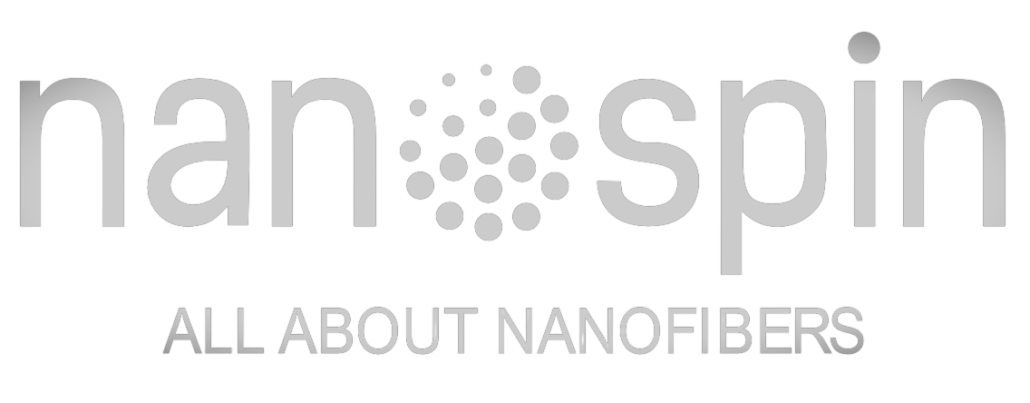Application of Nanofibers in Surgical Sutures

Innovating Next-Generation Biodegradable and Functional Threads with Electrospinning Technology
Introduction
Surgical sutures are one of the oldest and most critical medical devices used for wound closure, tissue approximation, and healing. Traditional suture materials, while effective, often lack the bioactivity and mechanical precision required for optimal healing, especially in delicate or regenerative applications. Electrospun nanofibers offer a transformative solution by mimicking the extracellular matrix (ECM), providing a scaffold that enhances cell adhesion, proliferation, and tissue integration.
Why Nanofibers for Sutures?
Electrospun nanofibers are ultra-thin fibers (50–500 nm diameter) with a high surface-area-to-volume ratio. When used in suture fabrication, they offer several significant advantages:
- Biodegradability: Nanofibers made from polymers like PCL, PLA, and PLGA can gradually degrade in the body, eliminating the need for suture removal.
- Enhanced Healing: Their ECM-like structure supports faster cell migration and tissue regeneration.
- Drug Delivery Capability: Nanofiber-based sutures can be loaded with antibiotics, growth factors, or anti-inflammatory agents for localized therapeutic release.
- Mechanical Strength & Flexibility: Electrospinning allows for customizable tensile strength and elasticity, suitable for different types of tissues (skin, internal organs, vascular repair).
Fabrication Strategy
Using advanced multi-pump electrospinning systems like NanoSpin Yarn Electrospinning Machine, hybrid nanofiber threads can be produced by combining different polymer solutions simultaneously. These fibers are then twisted or braided to form yarns suitable for suture use.
Key Features of Electrospun Suture Production:
- Coaxial electrospinning for core-shell sutures (e.g., drug-loaded core with protective shell)
- Use of biodegradable polymers: PCL, PLA, Gelatin, Chitosan
- Capability to incorporate nanoparticles (e.g., Ag, ZnO) for antimicrobial function
- Controlled fiber alignment for tensile strength and knot security
Biomedical Applications
Electrospun nanofiber sutures are being explored for a variety of clinical uses:
- Wound closure in general surgery
- Cardiovascular surgeries (e.g., vascular anastomosis)
- Dental sutures with antibacterial coatings
- Internal organ sutures with growth-factor releasing properties
- Ophthalmic and cosmetic procedures requiring fine biodegradable threads
Conclusion
Electrospun nanofiber sutures represent the next generation of biofunctional threads for medical applications. With precise control over fiber morphology, mechanical properties, and drug delivery profiles, they offer tremendous potential to improve patient outcomes, especially in regenerative and minimally invasive surgeries. NanoSpin’s customizable multi-pump electrospinning systems enable R&D teams to fabricate innovative suture materials tailored for clinical use.

Leave a Reply
Want to join the discussion?Feel free to contribute!